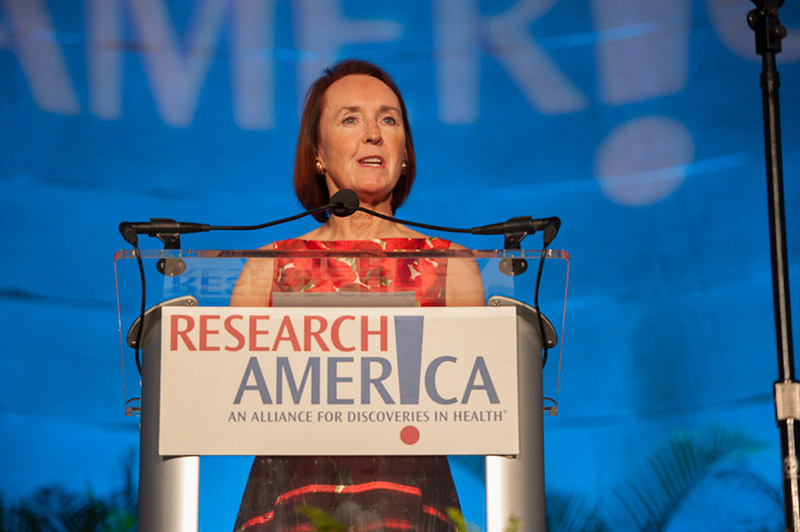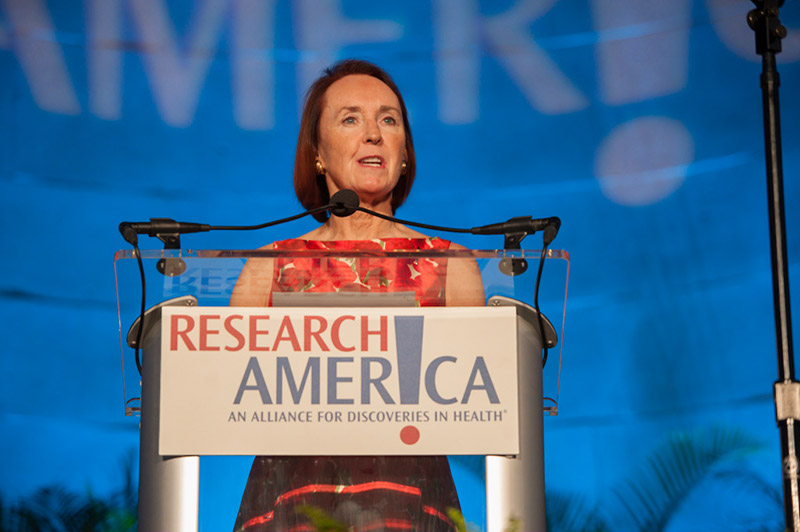Context and Content


Dear Research Advocate:
With support from the Kavli Foundation, I’ve had the privilege of visiting research institutions across the country to speak to scientists about public and policymaker engagement. Earlier this week I visited Nebraska and Iowa. Among other topics, we explored the appetite — a healthy one – for a course within the graduate science curriculum on the “public context” of science (including, but not limited to, the political/policy/funding environment as it bears on research and research bears on it). Hopefully demand will attract supply when it comes to a course like this!
Another “frame of reference” issue we discussed relates to science skepticism. It can divide, but perhaps it can also connect. After all, science itself is the practice of skepticism. Connecting to a member of the public, or a decision-maker, as a fellow skeptic may help shift the paradigm from debate to mutual problem-solving and the outcome from deeper entrenchment to some kind of agreement…or at least further engagement. In advocacy, that alone is a victory.
From context to content: In a robust Q&A session, I was asked whether increasing the budgets for science agencies clashes with the goal of federal debt reduction. Just the opposite. R&D has a robust multiplier effect on the economy, which is why the Committee for a Responsible Federal Budget (CRFB), which advocates for reforms to reduce the deficit and debt, recommends that the federal government increase its investment in research. This kind of content would be a terrific addition to your next email urging your representatives in Congress to raise the budget caps (hint, hint). Find all sorts of #RaiseTheCaps advocacy tools here.
Maya MacGuineas, President of CRFB, and Paul Kim, Partner at Foley Hoag LLP, joined our October 27 Alliance Member Meeting to discuss the budget environment and Bayh-Dole “march-in” rights. See the notes from the meeting, as well as Paul’s slides and this CRS Report, all of which are loaded with information.
Regarding the Bayh-Dole Act, it is important to be aware of current dynamics surrounding this landmark legislation, which for 37 years has increased the return to taxpayers on their investment in federally-funded research. There are periodic efforts to convince federal agencies (most recently the DoD) that this law is intended as a drug pricing lever, a reading of the language that both of the bill’s authors have rejected. If additional info would be helpful, email Ellie ([email protected]).
Another ongoing issue: the uncertain future of the Prevention and Public Health Fund (PPHF). Congress is still targeting this fund as a “pay-for.” Dollars from the PPHF go directly to addressing some of the most devastating public health crises facing our nation, including the opioid epidemic. I argued in a recent LTE that we need more funding to address this epidemic, and I am certainly not alone in that: the Opioid Commission has made similar calls. The last thing Congress should do is reduce funding for this and other deadly and costly public health threats by cutting the PPHF. Use this action alert to urge Congress to protect it.
COPD certainly qualifies as a deadly and costly public health threat (it’s the third leading cause of death in the U.S.). Join us November 15 at 12:30 for a briefing on the COPD research landscape. Dr. Gary Gibbons, Director of the National Heart, Lung, and Blood Institute, and Grace Anne Dorney Koppel, President of the Dorney-Koppel Foundation, are among the experts and advocates who make this an event not to miss! Details here.
Sincerely,
Mary Woolley




